An Impossible Upgrade
The modern computing landscape is a shitty constellation of compromises offered to platform locked consumers at exorbitant prices
Yesterday, as I sipped my first coffee of the morning, I was already celebrating the release of tension that would accompany Apple’s unveiling of their new Mac line-up. Finally, after years of waiting, I’d have a clear upgrade path and wouldn’t have to settle for a solution that only addresses part of my needs.
Needless to say, that is not what happened. Instead, a navel-gazing Apple gave us the MacBook Stripper™ and spent two hours on stage offering deadpan descriptions of how video editors and DJs were going to start doing their work on a laptop.
I’m not just disappointed, I’m mad. Sure, we have more important things to worry about, but on a personal scale this is infuriating. The situation is so bad that I’ve even been contemplating a switch to Windows, but the idea of escape is more virtual than real…rather like the escape key on the new MacBooks.
Platform lock-in is real. Workflows built on years of familiarity with platform-specific software make switching effectively impossible. This leaves a prospective upgrader like myself with a surprising dearth of options.
Upgrading my Computer
My computer is 8 years old. Let me help you contextualize that absurd number by offering the following:
- When my computer was new, we were celebrating the launch of the iPhone 3G
- When my computer was new, Chrome had just launched and was Windows only
- When my computer was new, Amazon’s Kindle (the original Kindle) was starting to become widely available—it cost $359
Anyway, my computer is due for an upgrade is what I’m getting at. And I mean “upgrade” in the modern sense of the word.
When I bought it, “upgrading” a computer meant you identified the part that wasn’t meeting your needs and swapped it out for a better version of that component. That’s how a 2008 machine has kept up with my demands for the better part of a decade. I’ve replaced all the drives, the RAM, and the graphics card (twice), and as a result I’ve been able to write complex orchestral soundtracks for games played by tens of millions of people on a machine that was built the same year Android was first released.
Today, “upgrading” a computer means you hand the old one to some college student on Craigslist and proceed to buy an entirely new machine. Preferably every two years or so. Like replacing your kitchen to get a new microwave.
Okay world, you got me. I’m in the market for a new microwave—what’ve you got?
The Options
As it turns out, not much.
To understand my consternation, here’s a list of my criteria:
- It must be powerful enough to handle my current computing needs with wiggle room for the future
- It must have a solution for proper handling of my >4TB of sample data (by “proper handling” I mean read/write speeds must be at least as fast as my current internal drives)
- It must have a higher resolution, more accurate screen for imaging work
- It must be smaller, quieter, and less energy hungry
- It should probably run macOS (platform lock-in is real, folks: I rely on apps like Sketch, Ulysses, Logic Pro, and the built-in Notes/Photos/Messages apps heavily)
- Price is almost irrelevant, within reason: I’m willing to pay for the best
I don’t think that’s an unreasonable list for someone who’s looking for a desktop computing experience. My mobile needs are already well covered. With that in mind, I’m trying to cast a wide net to capture all of my potential options. Here’s what I’ve come up with:
- Buy a “new” Mac Pro
- Buy a new old Mac Pro
- Buy a Retina iMac
- Buy a MacBook Pro
- Buy a Hackintosh
- Buy a Surface Studio
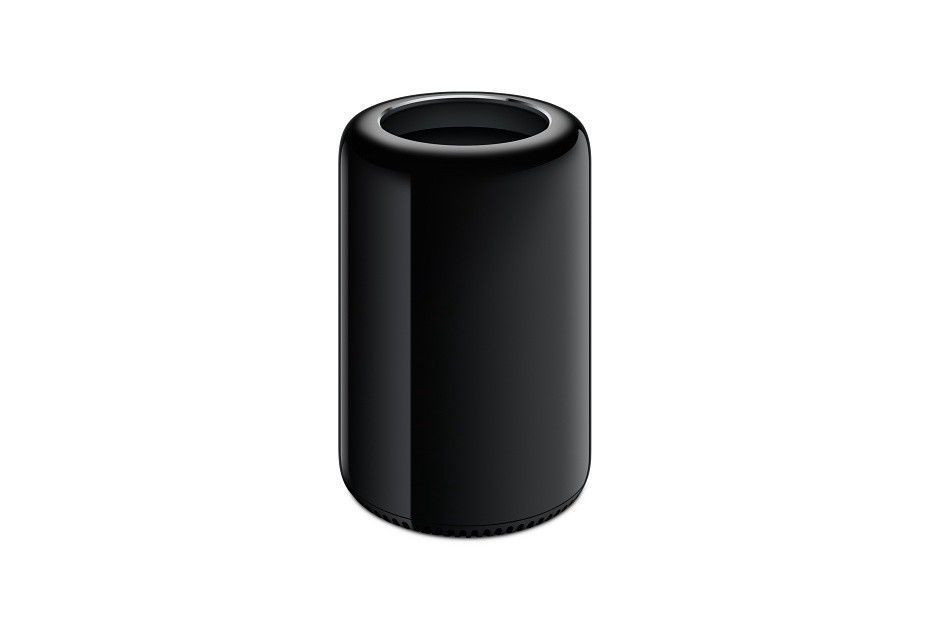
Option 1: Buy a “New” Mac Pro
The “new” Mac Pro was released in 2013. Nevertheless, its technology remains powerful, and unlike every other machine on the list it’s actually full of components designed to sustain performance under punishing workloads.
However, the pricing puts this firmly beyond reasonable reach. While I’m happy to pay for quality and innovation and longevity, the cost of fulfilling my criteria above with a new Mac Pro is ludicrous. Consider the following:
- Mac Pro, configured with mid-range 8-core CPU, minimum amount of RAM (I can upgrade cheaper via MacSales), but storage and GPU at their highest tiers: $7,939 CAD
- 32GB RAM kit from MacSales: ~$350 CAD
- New LG 5k monitor: $1,699.95 CAD
- Lacie 10TB 5big Thunderbolt 2 series RAID array (to handle the storage needs): ~$1,600 CAD
That leaves me looking at a total price of $11,588.95 CAD before tax. Enough said.
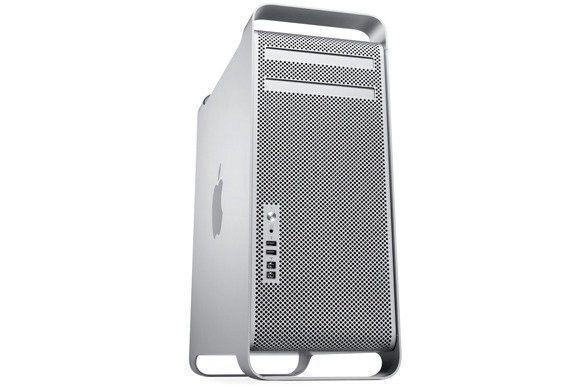
Option 2: Buy a New Old Mac Pro
The 2012 Mac Pro looks just like mine, but is significantly more powerful. It retains the ability to easily upgrade components too. It also works out to be my cheapest option.
- 2012 Mac Pro, 12-core configuration, second-hand: ~$2,500 CAD
- Miscellaneous RAM/graphics upgrades I might have to make: ~$1,000 CAD
- New LG 5k monitor: $1,699.95 CAD
That works out to a much more reasonable $3,669.95 CAD. Given the virtually identical setup, I can move my existing drives over directly and skip the external drive bay.
I’m not that enthusiastic about replacing 8-year-old hardware with 4-year-old hardware though, especially since it doesn’t address my size/noise criteria at all.
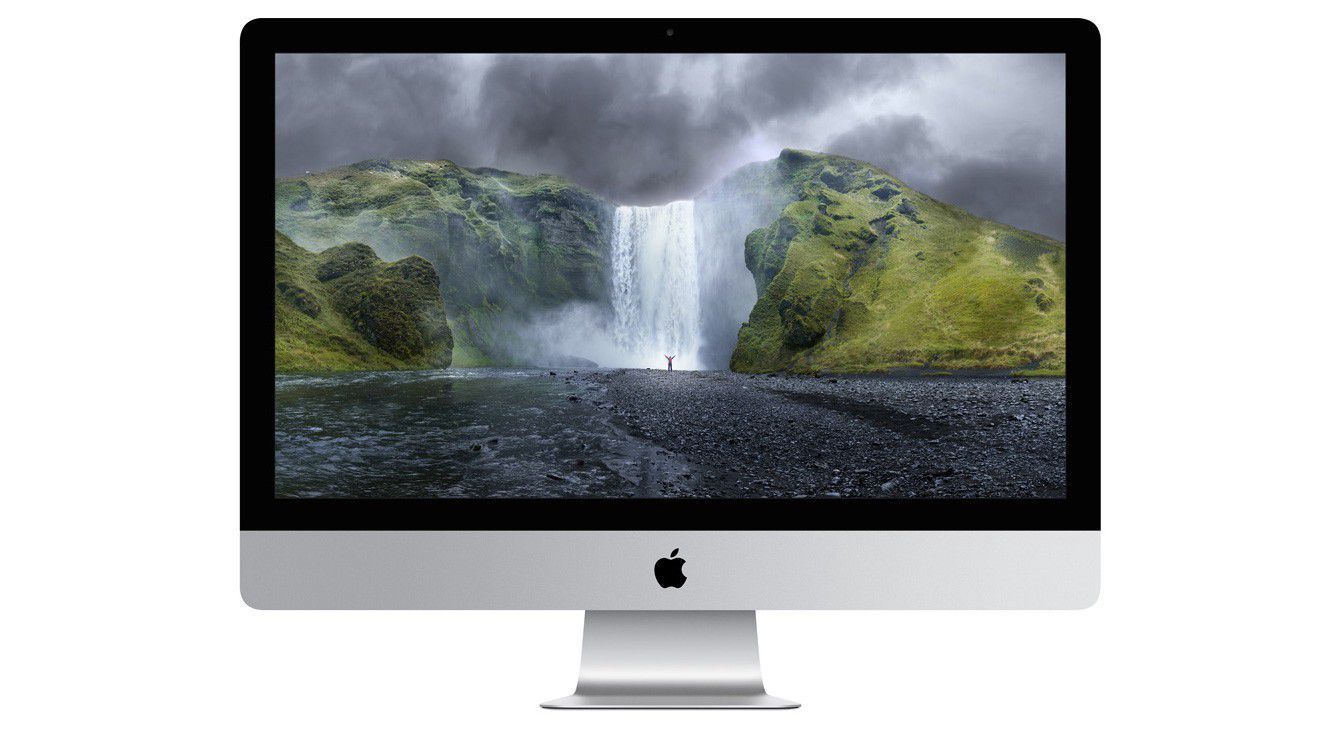
Option 3: Buy a Retina iMac
This is my favourite option.
I’ve already seen how capable the new iMacs can be thanks to Shannon doing all of our video editing work on the 2014 model. It’s not as fast as it could be, and the laptop-grade components don’t give much in the way of sustained performance, but the price/performance ratio is unmatched.
- 27” Retina iMac, configured with everything to the max except for RAM, which is left at the baseline to allow for cheaper third-party upgrading: $4,319 CAD
- 32GB RAM kit from MacSales: $260 CAD
- Lacie 10TB 5big Thunderbolt 2 series RAID array: ~$1,600 CAD
I’d still need the separate storage solution going this route, but the monitor comes built in. Total cost is a painful $6,179 CAD, but I could maybe make it work if only they’d update the specs.
At this stage it seems they’re waiting until early 2017 for new components, so I’m stuck waiting too if I want to go this route.
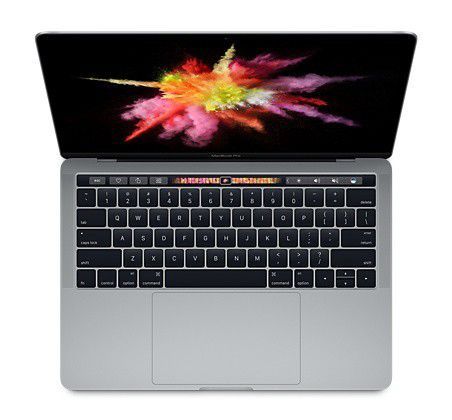
Option 4: Buy a MacBook Pro
Just for the sake of the argument, since it’s such a powerful laptop, let’s see what it would look like to buy the new MacBook Pro…
- 15” MacBook Pro, top tier option fully decked out: $3,629 CAD
- New LG 5k monitor: $1,699.95 CAD
- Lacie 10TB 5big Thunderbolt 2 series RAID array: ~$1,600 CAD
That comes to $6,928 CAD. Even if I ignore the fact that I’m paying a lot extra for portability (a factor that’s totally lost on me for this computing context), this seems like a bad deal.
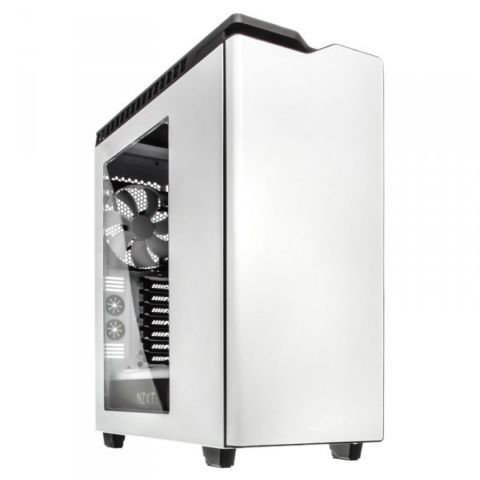
Option 5: Buy a Hackintosh
Really digging for options here, but let’s just run with it. A Hackintosh would let me get way more bang for my buck while maintaining access to macOS…sort of.
- Hackintosh custom-built with ridiculous, top-tier components by a local fellow I know who does this for a living: ~$3,000
- New LG 5k monitor: $1,699.95 CAD
There’s no need for external storage since I’d be able to put my existing storage drives in, and this Hackintosh would likely out-perform even the new Mac Pro in terms of raw horsepower. For just about $4,699.95 CAD.
But as Apple continues to develop its deep hardware/software integration (Touch ID on the Mac, for example), there’s going to be more and more that Hackintosh machines won’t be able to handle. Messages and other core aspects of the OS are already unreliable, and building a system around a hack comes with too many compromises for my liking.
Shaky foundations for a machine meant to last me the next 8 years.
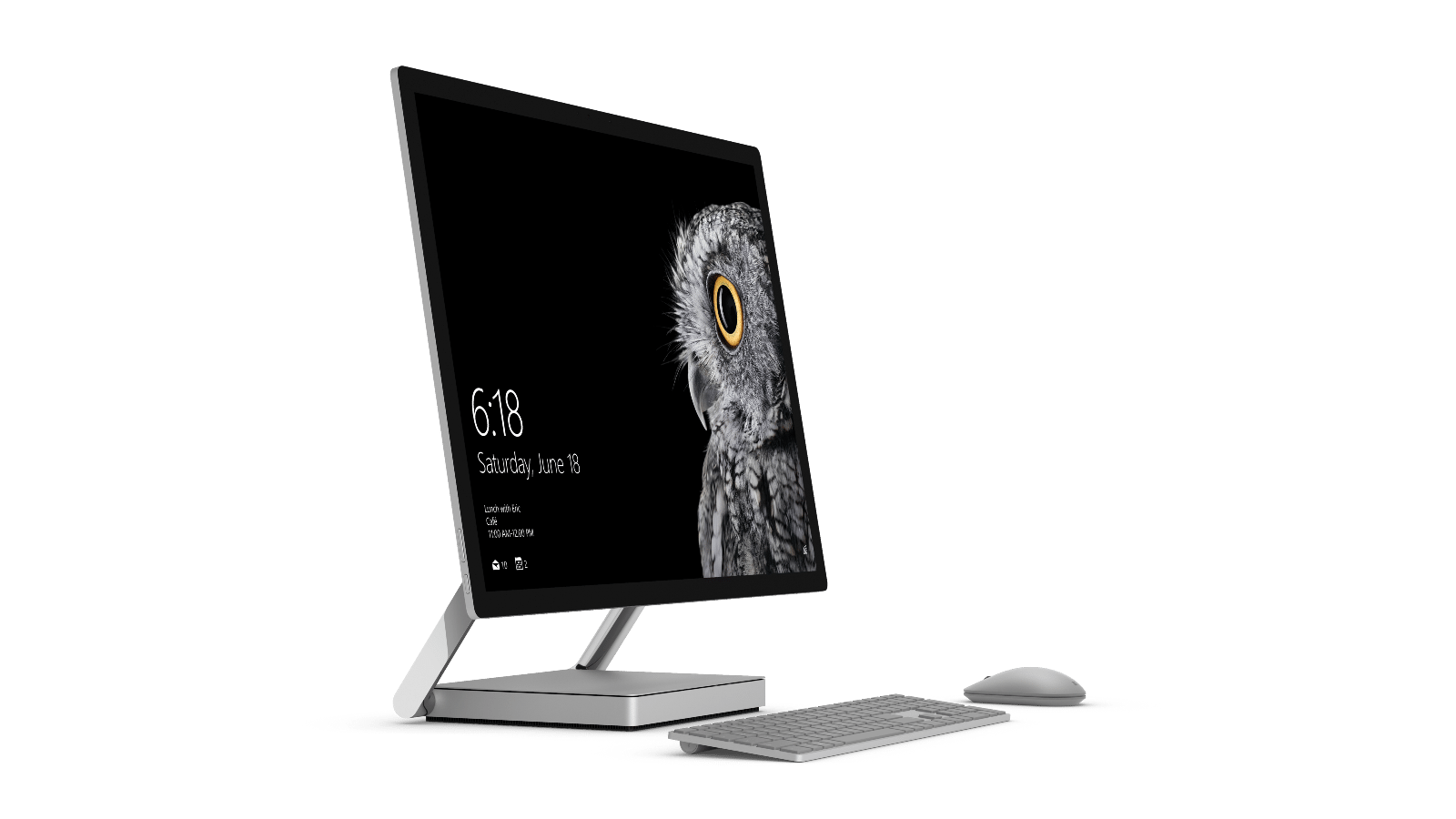
Option 6: Buy a Surface Studio
If I had no other choice, I suppose I could find alternatives for my current software choices in an effort to make a switch to Windows feasible. It would suck, but maybe the hardware advantages would make up for it?
The Studio is a magnificent piece of engineering, and it looks like a near-perfect machine for photographers, designers, and architects.
- Surface Studio, configured at the top tier: $5,621.70 CAD (price isn’t actually available on the Canadian store yet, so this is a direct conversion of the US pre-order pricing)
- Lacie 10TB 5big Thunderbolt 2 series RAID array: ~$1,600 CAD
That works out to $7,221.70 CAD. Way too many compromises with this approach to justify that kind of cost—major software/workflow overhaul, and mediocre computing power for that kind of money.
Speaking of which, this is a good moment to publicly shame Microsoft for using spinning disk drives on their flagship computer. That’s right, even the maxed out Surface Studio doesn’t have an option to build in an SSD, which is just insulting in 2016. Hybrid drives are a great baseline option, balancing cost and storage volume, but SSDs are a must and should at least be an option for those willing to pay to get them.
That on its own is a deal-breaker for me.
Back to Waiting
If I wanted to, I could pare down some of the numbers above by buying certain components second-hand, or by going with a normal 4k screen instead of the crazy new LG 5k, but when I look at this upgrade as something that’s meant to last me several years, I don’t want to skimp too much.
Buy nice or buy twice is a mantra that’s been proven true again and again for me, especially in the tech realm.
So I’m back to waiting. Now I’m waiting for the desktop hardware updates, ostensibly held up by Intel and the graphics card manufacturers. At this point, I’m determined to wait because a delay this long means the next generation of chips in the Retina iMacs and Mac Pros should present a huge leap forward in performance.
Hopefully without a huge leap forward in cost, although yesterday’s MacBook updates have made me worry.
I’m a patient guy, but this graphics card is starting to fail and it’s getting harder and harder to patch the holes in this leaky, 8-year-year-old ship. I just hope she holds out until my lifeboat arrives.
And I hope my lifeboat still runs macOS.